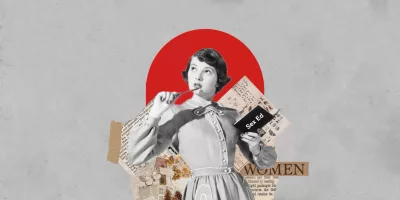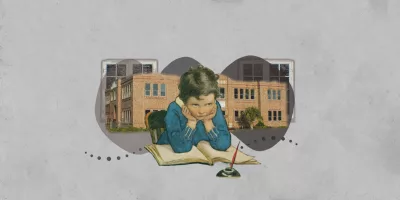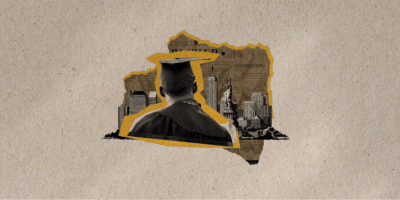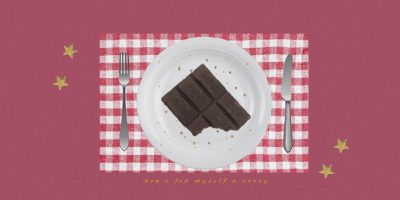
Armenia’s education system, while historically rooted in a rich cultural tradition, faces a series of challenges that must be addressed if the country hopes to leverage its human capital for long-term development.
As the country navigates its place in a rapidly changing global landscape, reforms to its educational framework remain vital.
The education in Armenia is heavily focused on theoretical knowledge, overshadowing the development of practical skills that meet the evolving demands of the labor market.
Although enrollment in higher educational institutions meets high demand, Vocational Education and Training (VET) institutions often struggle to deliver graduates who are competitive in today’s economy.
Despite efforts toward modernization, the overall quality of education in Armenia remains uneven. While tertiary education is widely pursued, especially among women, there are significant concerns about educational outcomes and the real-world applicability of qualifications.
Armenia spends only 2.8% of its GDP on education—well below the EU-28 average of 4.7%—which limits the potential for systemic improvements.
Moreover, VET programs, which are essential for skills-based training, often face negative perceptions. VET graduates are less likely to obtain high-skilled jobs and earn, on average, 27% less than their peers with university degrees. This wage disparity disincentivizes students from choosing vocational paths, even when labor market demand favors such qualifications.
Regional inequalities further complicate the picture. While Yerevan and other urban areas concentrate educational resources, rural schools often lack quality and skilled personnel, leaving rural students at a disadvantage.
Although educational attainment is relatively high, only 60.5% of those with tertiary education and 50.1% of vocational education graduates are employed. Furthermore, around 44.5% of all employment remains unregistered, predominantly in rural areas, which limits opportunities for skills development and productivity enhancement.
Aramayis Hovahnnisyan, a history and social science teacher with over 50 years of experience in Armenia’s public and vocational education sectors, offers a valuable insider perspective on the current reform efforts. Hovhannisyan, a two-time “Best Teacher of the Year” award recipient from the Ministry of Education and the Armenian Apostolic Church, acknowledges that reforms are necessary but criticizes their abrupt and poorly localized implementation.
According to him, many of the new teaching and grading reforms, inspired by Western models, are being introduced too quickly, without sufficient pilot programs or thorough testing across Armenia’s diverse regions.
Although some pilot programs have technically existed, he notes a serious communication gap. “Teachers and the broader educational community have not been shown how these reforms actually work in practice,” he says.
Hovhannisyan also raises a critical point about student motivation. In Armenia, grades remain a primary motivator for students, and efforts to eliminate traditional grading systems, common in Western models, may not work effectively. “The reforms demand that teachers motivate students, but they don’t specify how,” he says, pointing to the lack of practical guidance offered to educators.
He further highlights the strong disparities between urban and rural schools, particularly in terms of access to technology. “Even city schools often lack adequate technological infrastructure, let alone village schools,” he explains. While the government encourages the use of new technologies in classrooms, the necessary investments in equipment and infrastructure have not yet materialized at the scale required to implement reforms successfully.
Despite his criticisms, Hovahnnisyan remains optimistic about the spirit behind the changes, praising the push for modern teaching methods, the encouragement of self-study, and the promotion of new technologies. However, he stresses that reforms must be adapted to Armenia’s cultural, psychological and regional realities to be truly effective.
Artur Arzumanyan, another vocational education instructor with more than a decade of experience, mentions deeper structural flaws, particularly within Armenia’s vocational sector. While reforms are occurring, he asserts that little has changed over the past decade. “It’s not that the reforms are bad,” he says, “but they are implemented according to what institutions can afford, not what the reforms ideally require.”
Arzumanyan criticizes a systemic prioritization of quantity over quality. In Armenia’s community colleges, he explains, instructors must form groups with a minimum number of students to justify running certain courses, often resulting in institutions “begging” for students instead of focusing on nurturing highly motivated learners. “I would rather teach five motivated students than fill a room just to satisfy bureaucratic requirements,” he says.
The wage disparity further demoralizes instructors. In vocational colleges, teachers often earn amounts almost equivalent to the minimum wage. “Imagine: a student can almost earn what their professor does,” Arzumanyan remarks.
A significant hurdle remains the lack of technological equipment and teaching resources. Teachers working in fields like communications technology, renewable energy, or applied sciences often must rely on outdated or donated equipment. “We don’t even have 20% of the equipment we need,” Arzumanyan says, adding that much of the current infrastructure results from grants by international donors rather than government investment.
Both educators agree that Armenia’s effort to modernize its education will face serious obstacles without proper localization of reforms, substantial state funding for infrastructure and a realignment of incentives toward quality education rather than inflated enrollment numbers.
Public-private partnerships could play a critical role in making education more practical and job-oriented, while pilot programs and localized adaptation of international models would help ensure reforms are sustainable. Some educators remind policymakers that successful reform depends on vision, adaptation, investment, and an honest recognition of the realities on the ground.












